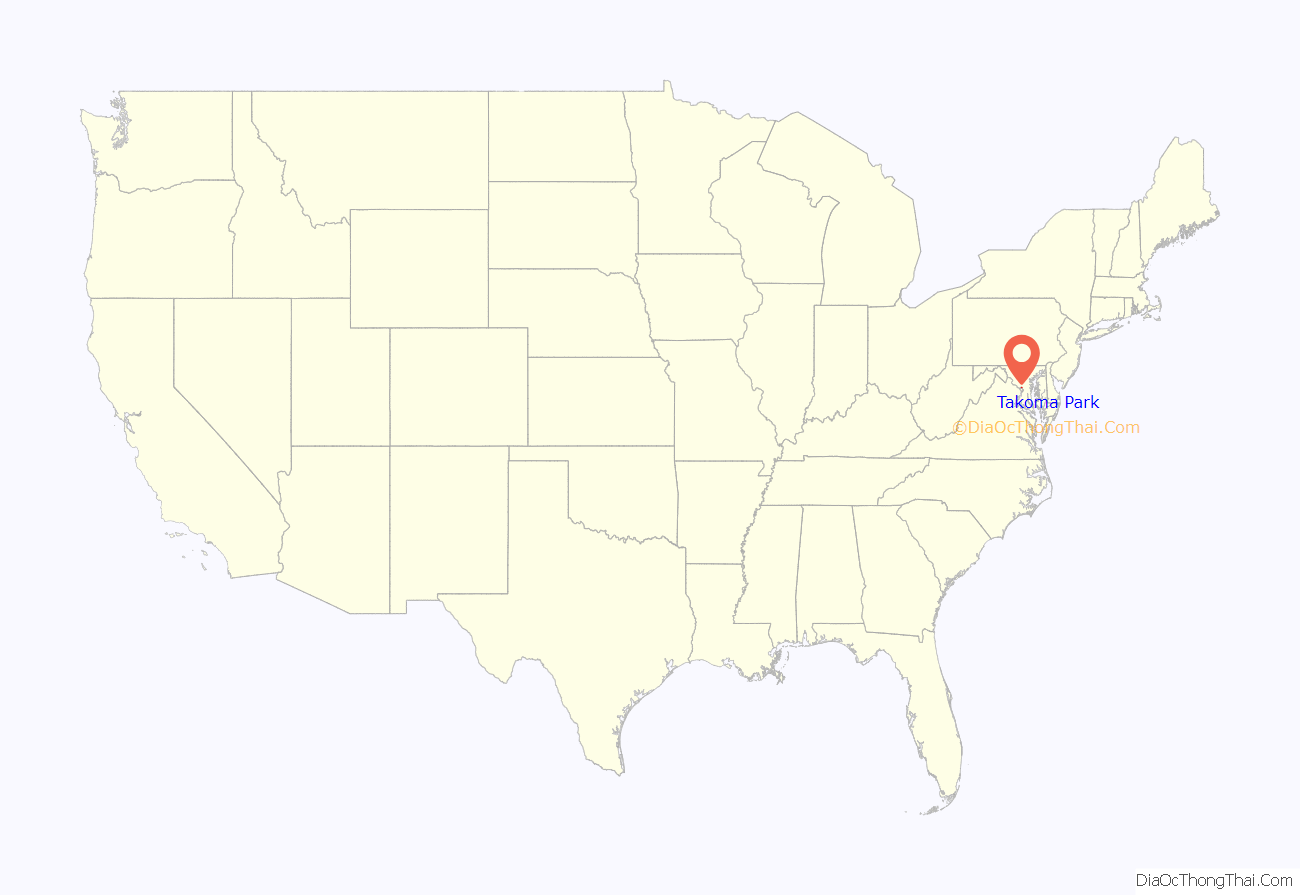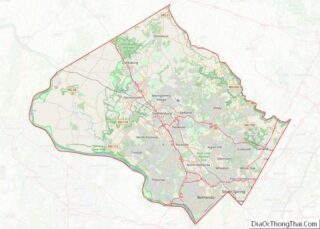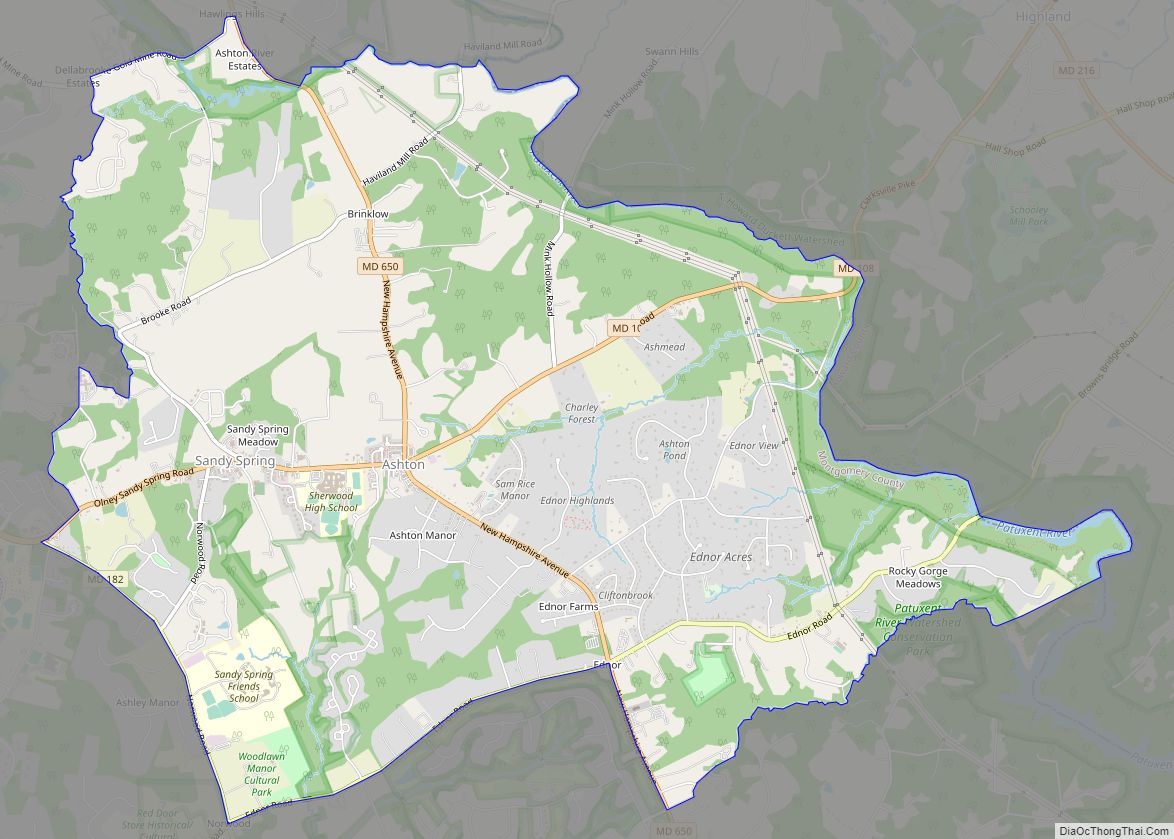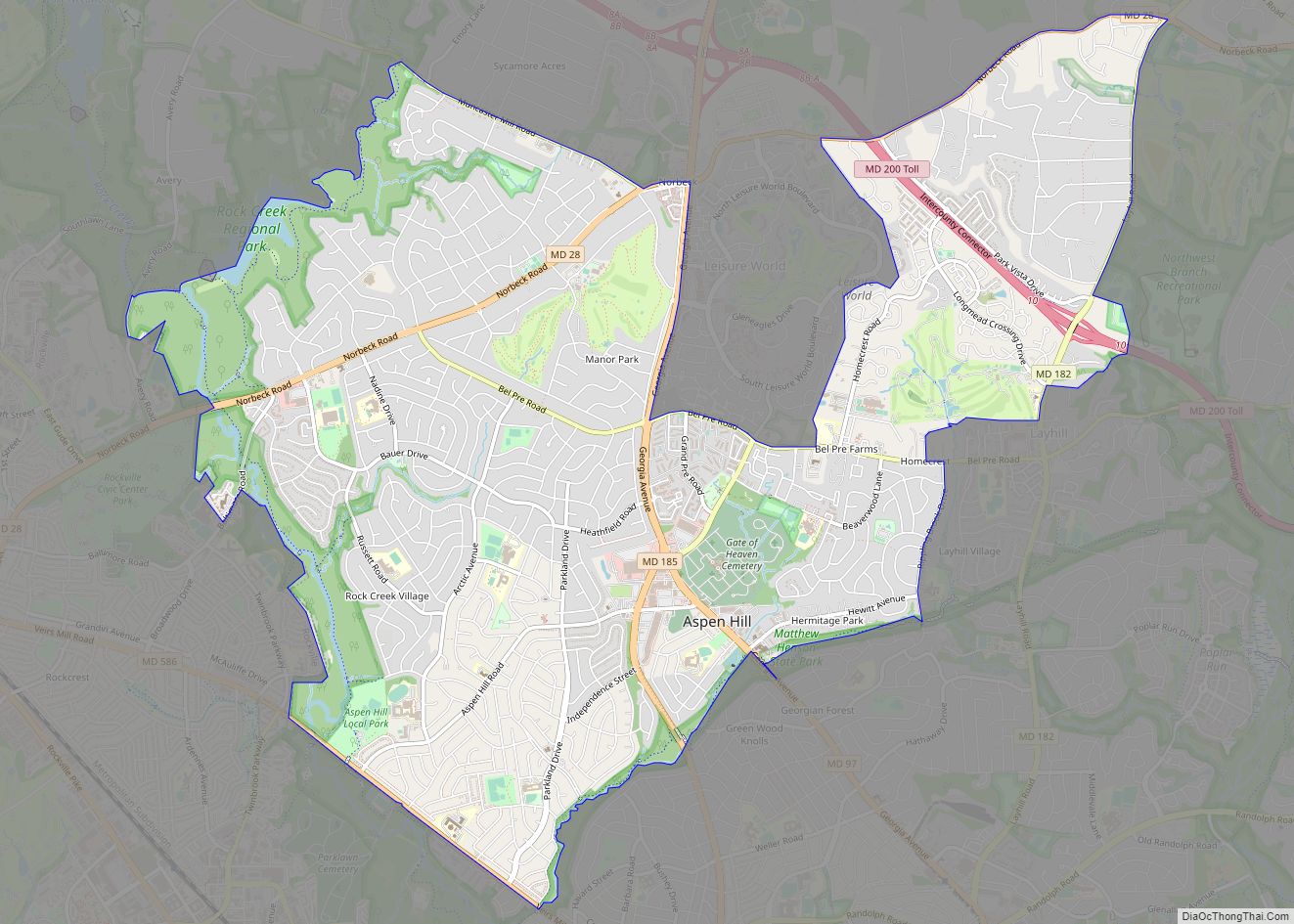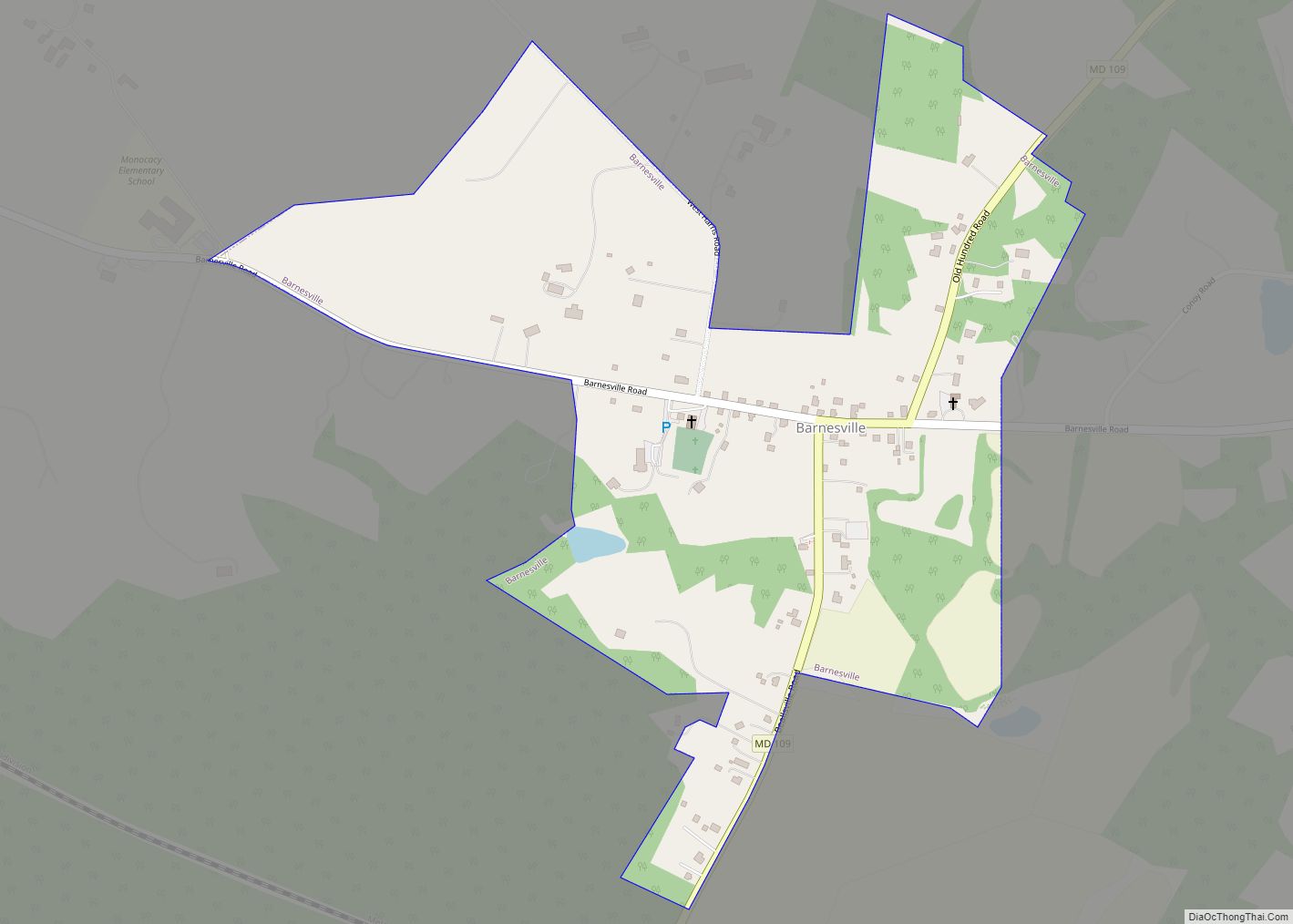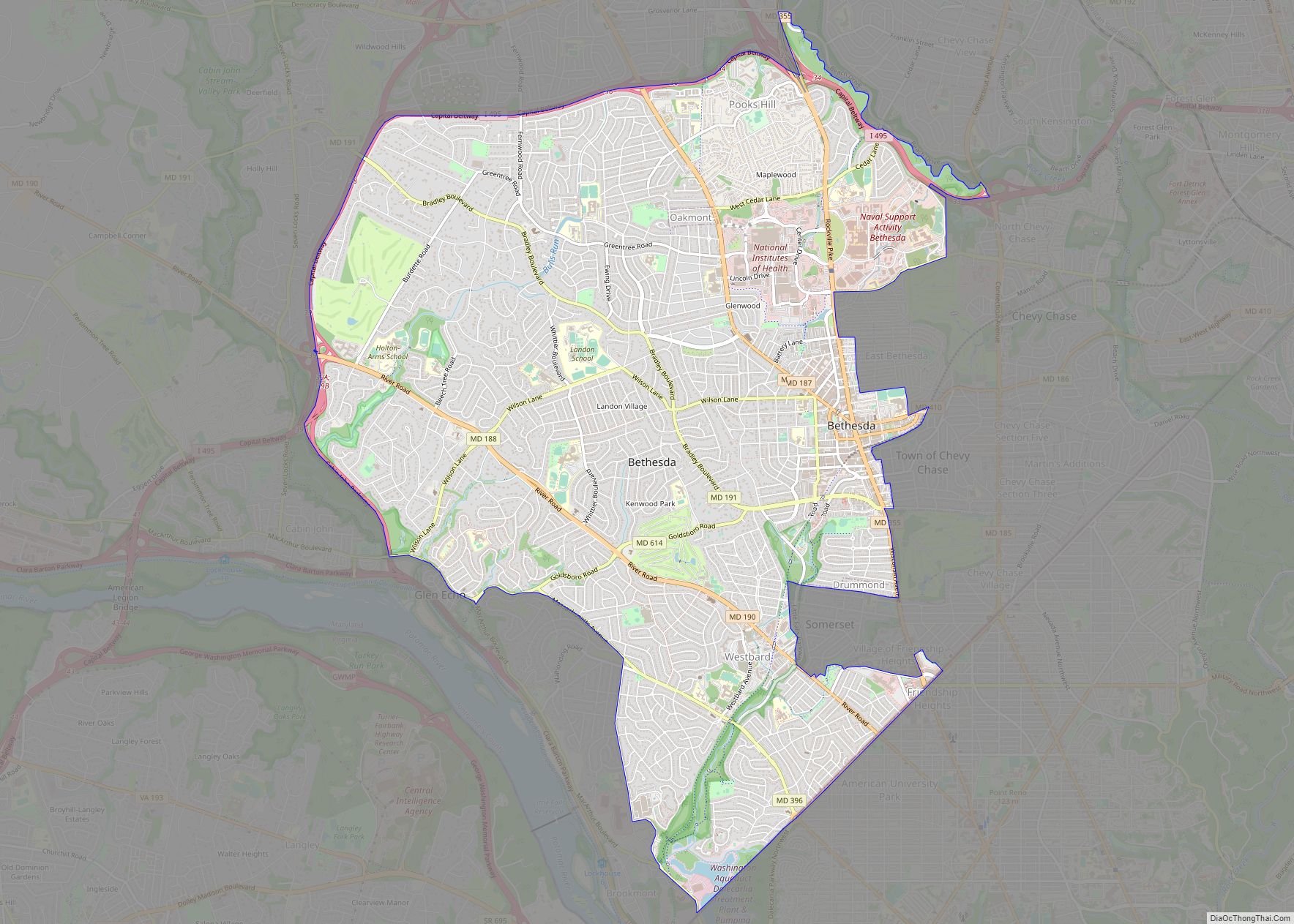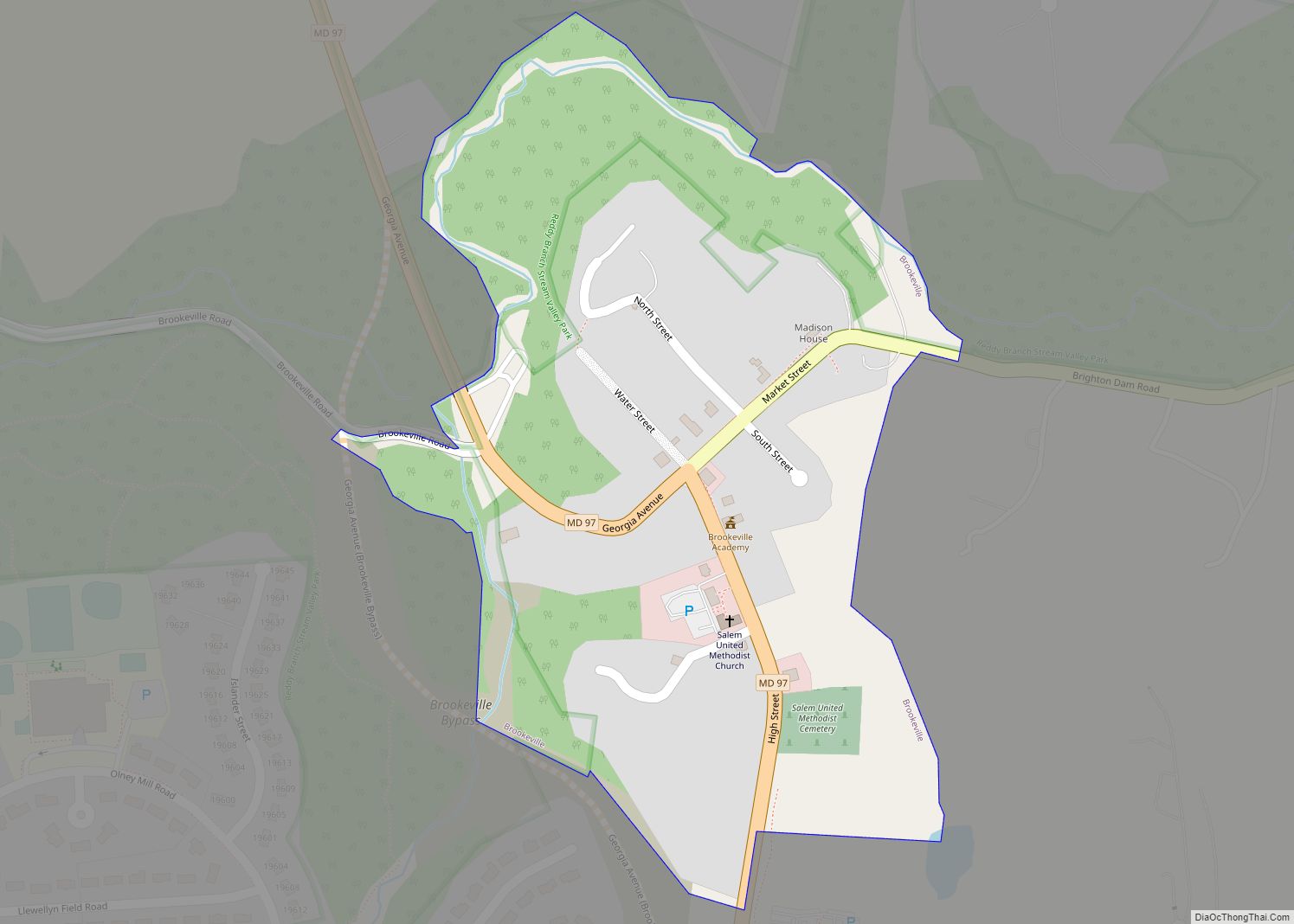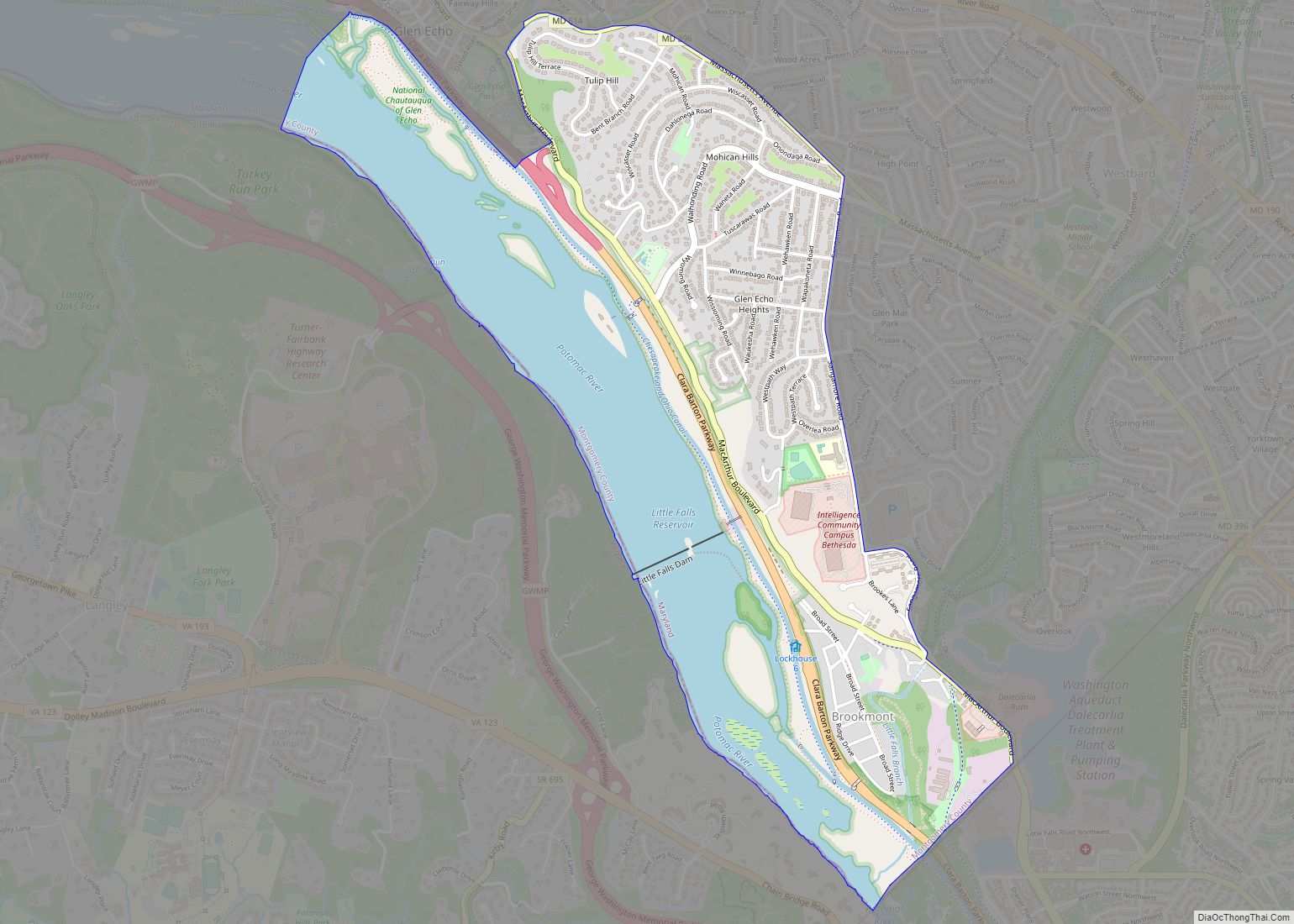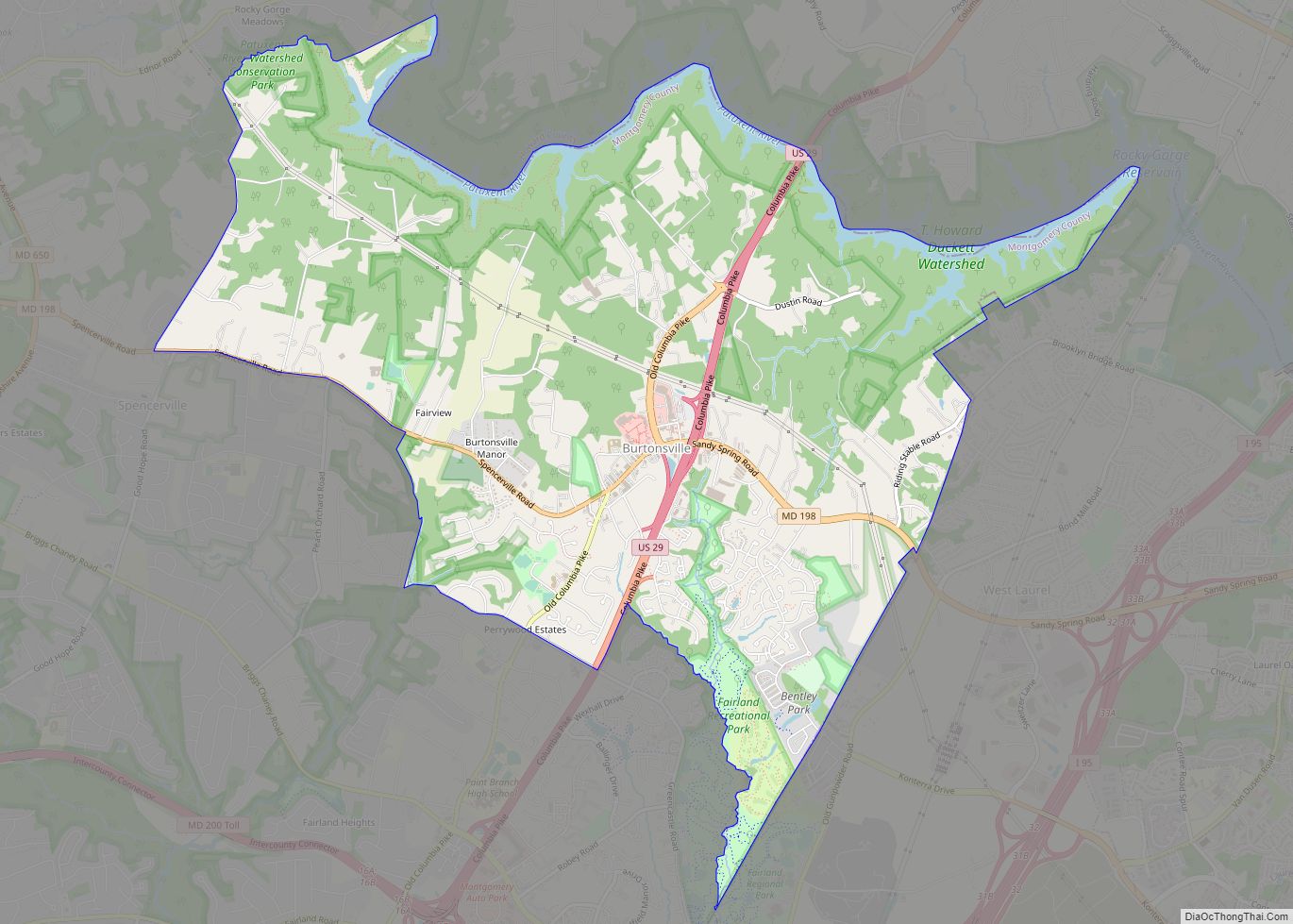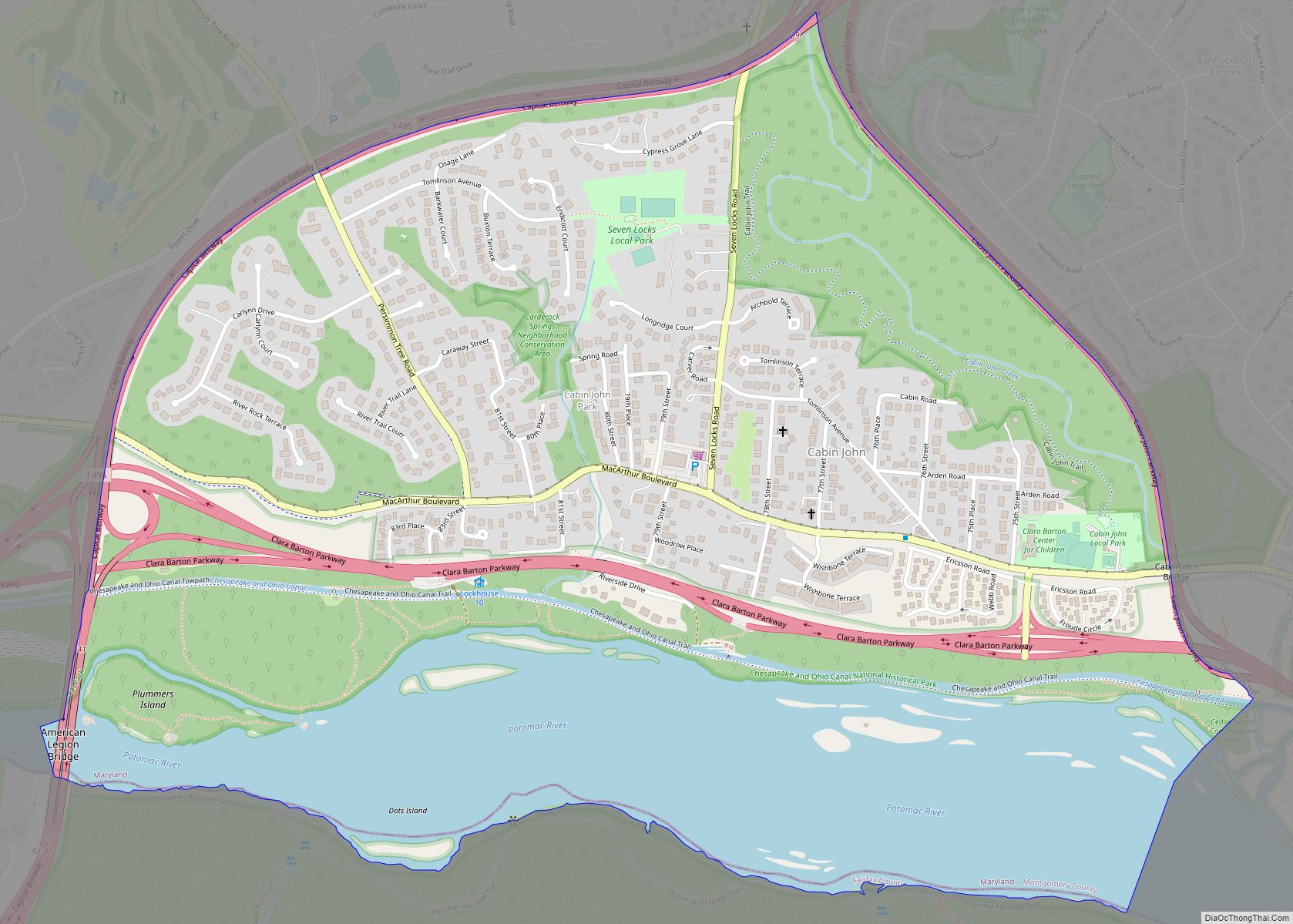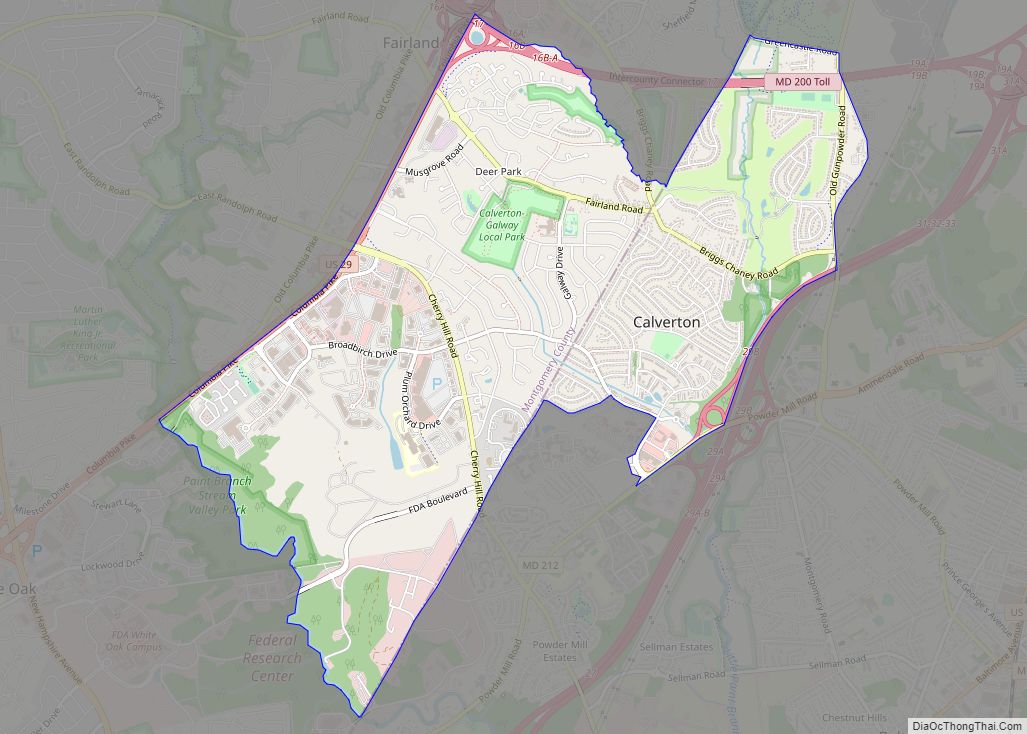Takoma Park is a city in Montgomery County, Maryland, United States. It is a suburb of Washington, and part of the Washington metropolitan area. Founded in 1883 and incorporated in 1890, Takoma Park, informally called “Azalea City”, is a Tree City USA and a nuclear-free zone. A planned commuter suburb, it is situated along the Metropolitan Branch of the historic Baltimore and Ohio Railroad, just northeast of Washington, D.C., and it shares a border and history with the adjacent Washington, D.C. neighborhood of Takoma. It is governed by an elected mayor and six elected councilmembers, who form the city council, and an appointed city manager, under a council-manager style of government. The city’s population was 17,629 at the 2020 census.
Since 2013, residents of Takoma Park can vote in municipal elections when they turn sixteen. It was the first city in the United States to extend voting rights to 16- and 17-year-olds in city elections. Since then, the City of Hyattsville has followed suit.
| Name: | Takoma Park city |
|---|---|
| LSAD Code: | 25 |
| LSAD Description: | city (suffix) |
| State: | Maryland |
| County: | Montgomery County |
| Founded: | 1883 |
| Incorporated: | 1890 |
| Elevation: | 400 ft (121 m) |
| Total Area: | 2.09 sq mi (5.43 km²) |
| Land Area: | 2.09 sq mi (5.41 km²) |
| Water Area: | 0.01 sq mi (0.01 km²) |
| Total Population: | 17,629 |
| Population Density: | 8,434.93/sq mi (3,256.24/km²) |
| ZIP code: | 20912 |
| Area code: | 301, 240 |
| FIPS code: | 2476650 |
| GNISfeature ID: | 0598146 |
| Website: | http://www.takomaparkmd.gov/ |
Online Interactive Map
Click on ![]() to view map in "full screen" mode.
to view map in "full screen" mode.
Takoma Park location map. Where is Takoma Park city?
History
19th century
Takoma Park was founded by Benjamin Franklin Gilbert in 1883. It was one of the first planned Victorian commuter suburbs, centered on the B&O railroad station in Takoma, D.C., and bore aspects of a spa and trolley park.
Takoma was originally the name of Mount Rainier, from Lushootseed [təqʷúbəʔ] (earlier *təqʷúməʔ), ‘snow-covered mountain’. In response to a wish of Gilbert, the name Takoma was chosen in 1883 by DC resident Ida Summy, who believed it to mean ‘high up’ or ‘near heaven’. The city of Tacoma in Washington state is also named after Mount Takhoma (Mount Rainier).
Gilbert’s first purchase of land was in spring 1884 when he bought 100 acres (0.40 km) of land from G.C. Grammar, which was known as Robert’s Choice. This plot of land was located on both sides of the railroad station, roughly bounded by today’s Sixth Street on the west, Aspen Street on the south, Willow Avenue on the east, and Takoma Avenue on the north. At the time, much of the land was covered by thick forest, some of which was cleared away in order to lay out and grade streets and housing lots. At its founding, most lots measured 50 by 200 feet (15 by 60 m) and were sold for $327 to $653 per acre. By August 1885, there were about 100 people living in Takoma Park, including temporary summer residents and year-round permanent residents. Gilbert himself lived in a wooden house on a stone foundation, with 20 rooms and a 65-foot (20 m) tower.
Gilbert purchased another plot of land in 1886. The land was roughly bounded by Carroll Avenue to the Big Spring (now Takoma Junction) and what is now Woodland Avenue. Gilbert named this land New Takoma. Gilbert later purchased the Jones farm and the Naughton farm, which together he named North Takoma. He also purchased land from Francis P. Blair, Richard L. T. Beale, and the Riggs family.
Gilbert hired contractor Fred E. Dudley to build many of the homes in Takoma Park. One of the homes built by Dudley was the home of Cady Lee, which was designed by Leon E. Dessez and still stands today at Piney Branch Road and Eastern Avenue. Dudley’s son Wentworth was the first child born in Takoma Park.
By 1888, there were 75 houses built in the community, and the number increased to 235 homes by 1889. In 1889, Gilbert purchased several acres of land along Sligo Creek from a physician in Boston named Dr. R.C. Flower, in order to build a sanitarium on the land. By this point, Takoma Park stretched 1,500 acres (5 km).
The deed of each of the original houses prohibited alcohol from being made or sold on the property, a prohibition that continued in the city until 1983. Takoma Park incorporated as a town on April 3, 1890. The first town election was held on May 5, 1890, and Gilbert was elected mayor and J. Vance Lewis, George H. Bailey, Daniel Smith, and Frederick J. Lung were elected to the town council.
The Watkins Hotel was built in 1892. A fire destroyed the town’s recently built commercial district and the Watkins Hotel in 1893. Gilbert’s North Takoma Hotel was built later that year, advertising the pure spring water nearby its 160 rooms.
Many of the streets were originally known as avenues. When the Commissioners of the District of Columbia mandated a District-wide street-naming system, those on the District side were renamed streets but retained their names otherwise. Other streets in Takoma, D.C., were renamed entirely. Susquehanna Avenue became Whittier Street. Tahoe Street was renamed Aspen Street. Umatilla Street became Aspen Street. Vermilion Street became Cedar Street. Wabash Street was renamed Dahlia Street. Aspin became Elder Street. Magnolia Street became Eastern Avenue.
Early 20th century
In 1904, the Seventh-day Adventist Church purchased five acres of land in Takoma Park along Carroll Avenue, Laurel Avenue, and Willow Avenue. The land was located on both sides of the Maryland-District of Columbia border. The land was intended for a church, office building, printer, and residences for prominent members of the church. In 1903, the Seventh-day Adventist Church decided to move their headquarters to the Washington area after its headquarters’ publishing house in Battle Creek, Michigan, had burned to the ground. The church decided that moving to a more urban setting would be a more appropriate place from which to increase the church’s presence in the southern states. The church purchased fifty acres of land along Sligo Creek in Takoma Park to build the new headquarters. The land was away from downtown Washington and had clean water available from a natural spring located at present-day Spring Park. For many decades Takoma Park served as the world headquarters of the Seventh-day Adventist Church, until it moved to northern Silver Spring in 1989.
In 1908, North Takoma Hotel was bought by Louis Denton Bliss, who turned it into Bliss Electrical School. Months later, a fire destroyed the building, and Bliss rebuilt the school at another site. The school was eventually bought by Montgomery County where it became the site of Montgomery College’s Takoma Park/Silver Spring campus.
Mid 20th century
In 1964, an inside-the-Capital-Beltway extension of Interstate 70S, also known as the North Central Freeway, was proposed via a route known as “Option #11 Railroad Sligo East,” up to 1⁄4 mile parallel to the B&O railroad upon a swath of land displacing 471 houses, that would have cut the city in two. In the mid-to-late 1960s, the future Mayor and civil rights activist Sammie Abbott led a campaign to halt freeway construction and replace it with a Metrorail line to the site of the former train station, and worked with other neighborhood groups to halt plans for a wider system of freeways going into and out of DC.
This controversy also raised the profile of Takoma Park at a time in the late 1960s and 1970s when it was becoming noted regionally and nationally for political activism outside the Nation’s capital, with newspaper commentators describing it as “The People’s Republic of Takoma Park” or “The Berkeley of the East”. This era of activism extended into the 1980s, when Takoma Park declared itself a Nuclear-free zone and a sanctuary for Salvadoran and Guatemalan refugees.
Much of the old town Takoma Park was incorporated into the Takoma Park Historic District; listed on the National Register of Historic Places in 1976.
Late 20th and early 21st century
Before 1995, the eastern boundary of the city of Takoma Park was in Prince George’s County, Maryland, causing the community to be divided across two counties and the Maryland/D.C. line (where the original downtown area is located). For several years, Takoma Park lobbied the State of Maryland for legislation allowing county boundaries to be adjusted. The State finally agreed to this change, with the stipulation that cross-county municipalities would no longer be allowed; the new municipal boundary would forever remain within the county of its choosing. In August 1995, after passage of the law, the city held a public referendum asking registered voters living in three Prince George’s County neighborhoods north of New Hampshire Avenue whether they wanted to be annexed to the city of Takoma Park. There was a majority of votes, 219 out of 313, in favor of annexation to the city.
In November 1995, the state-sponsored referendum was held asking whether the portions of the city in Prince George’s County should be annexed to Montgomery County, or vice versa. The majority of votes in the referendum were in favor of unification of the entire city in Montgomery County. Following subsequent approval by both counties’ councils and the Maryland General Assembly, the county line was moved to include the entire city into Montgomery County (including territory in Prince George’s County newly annexed by the city) on July 1, 1997. This process became known as Unification.
The city experienced substantial gentrification in the 1990s and early 2000s (decade), with many houses containing apartments converted back into single-family homes. This process was encouraged by an M-NCPPC “phase back”, effectively eliminating scattered-site multifamily housing and implementing single-use zoning in a majority of city neighborhoods. Nearly half of the city’s population are tenants, 47.2% according to the Census Bureau’s 2019 population estimate, many of whom live in a cluster of high-rise and mid-rise apartment buildings surrounding Sligo Creek, which cuts a deep valley through the community.
The City Council adopted the Takoma Park Safe Grow Act of 2013, which went into effect March 1, 2014, and bans synthetic pesticides and requires organic lawn management on all city lands.
In 2018, the City of Takoma Park proposed renaming streets that were named after generals who fought on either side in the United States Civil War, namely Grant Avenue, Lee Avenue, Sherman Avenue, Sheridan Avenue, and Jackson Avenue.
Takoma Park Road Map
Takoma Park city Satellite Map
Geography
Takoma Park sits on the edge of the Mid-Atlantic fall line and is thus quite hilly, with many narrow, gridded streets. According to the United States Census Bureau, the city has a total area of 2.09 square miles (5.41 km), of which, 2.08 square miles (5.39 km) is land and 0.01 square miles (0.03 km) is water. Sligo Creek and Long Branch (both tributaries of the Northwest Branch of the Anacostia River) flow through the area. Sligo Creek Park and the 9-mile (14 km) Sligo Creek Trail bisect the area. The main street, Carroll Avenue, and the main state highway, Route 410/East West Highway, narrow to two lanes within city limits. Takoma Park has an extensive hardwood tree canopy which is protected by local ordinance.
Takoma Park is bounded by downtown Silver Spring, a major urban center to the northwest, by Montgomery College campus; East Silver Spring, a community of houses, apartments and small shops, along Flower Avenue and Piney Branch Road, to the north; Langley Park, a community of apartments and shopping centers, along University Boulevard to the northeast; Chillum, in Prince George’s County to the southeast, bounded by New Hampshire Avenue, a state highway; and Takoma to the southwest, separated by Eastern Avenue, which follows the District of Columbia line.
The corner of Eastern and Carroll Avenues roughly marks the center of the old commercial district. Other town centers include: “Takoma Junction”, the corner of Carroll Avenue and Route 410 in the geographic center of town, home to the city’s large food co-op; Takoma-Langley Crossroads in downtown Langley Park, and the Flower shopping district, both of which are home to many immigrant-owned establishments. Takoma Park’s municipal center is located at the corner of Maple Avenue and Route 410. Washington Adventist University marks the corner of Carroll and Flower Avenues.
Neighborhoods by ward
Takoma Park has many small neighborhoods. There are approximately fifty neighborhood listservs.
- Ward 1
- Hodges Heights
- Old Takoma a.k.a. the Philadelphia-Eastern Neighborhood
- North Takoma
- Ward 2
- B.F. Gilbert Subdivision (an extension of Old Town)
- Glaizewood Manor
- Long Branch-Sligo
- South of Sligo
- Ward 3
- SS Carroll Neighborhood, named after the addition made by Samuel S. Carroll Also known “The Generals” streets: Grant Ave, Lee Ave, Sherman Ave, Sheridan Ave.
- Pinecrest
- Takoma Junction
- Westmoreland Area
- Ward 4
- Maple Ave apartment district
- Ritchie Ave
- SS Carroll Neighborhood
- Ward 5
- Between the Creeks (part of the greater Long Branch / East Silver Spring area centered along Flower Ave)
- Ward 6
- Hillwood Manor
- New Hampshire Gardens
Takoma Avenue Historic District
The Takoma Avenue Historic District is a national historic district. All five houses were constructed in 1951, are identical in their layout and construction, and were designed by Charles M. Goodman.
See also
Map of Maryland State and its subdivision: Map of other states:- Alabama
- Alaska
- Arizona
- Arkansas
- California
- Colorado
- Connecticut
- Delaware
- District of Columbia
- Florida
- Georgia
- Hawaii
- Idaho
- Illinois
- Indiana
- Iowa
- Kansas
- Kentucky
- Louisiana
- Maine
- Maryland
- Massachusetts
- Michigan
- Minnesota
- Mississippi
- Missouri
- Montana
- Nebraska
- Nevada
- New Hampshire
- New Jersey
- New Mexico
- New York
- North Carolina
- North Dakota
- Ohio
- Oklahoma
- Oregon
- Pennsylvania
- Rhode Island
- South Carolina
- South Dakota
- Tennessee
- Texas
- Utah
- Vermont
- Virginia
- Washington
- West Virginia
- Wisconsin
- Wyoming
